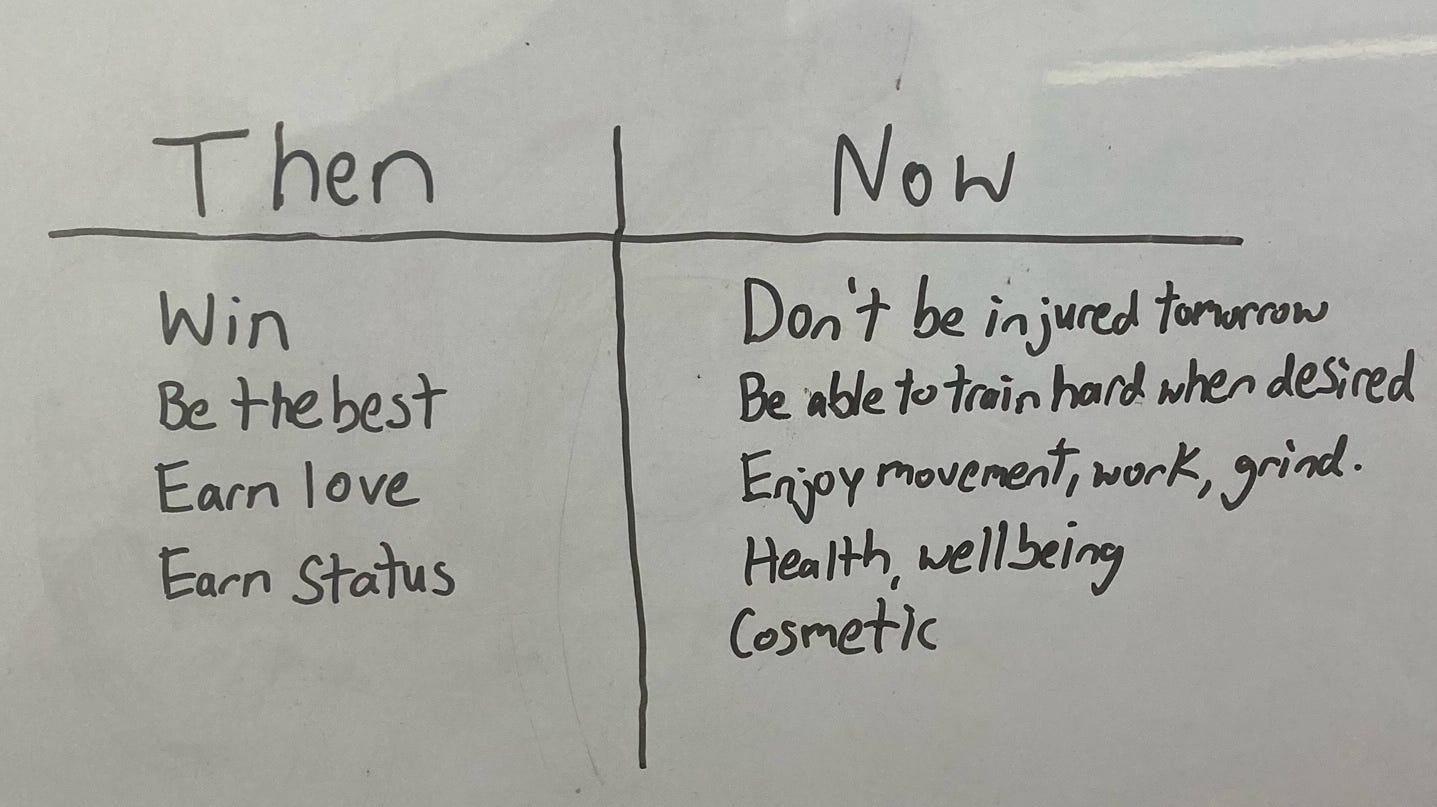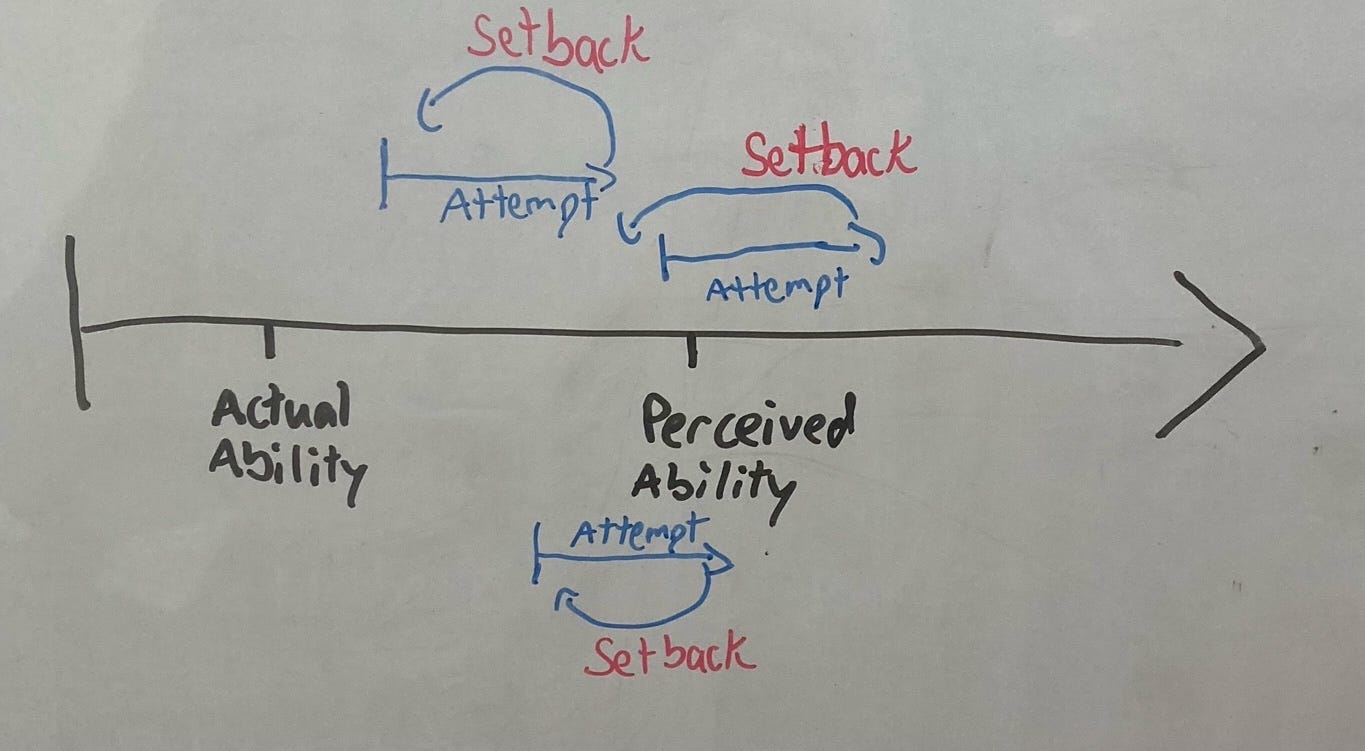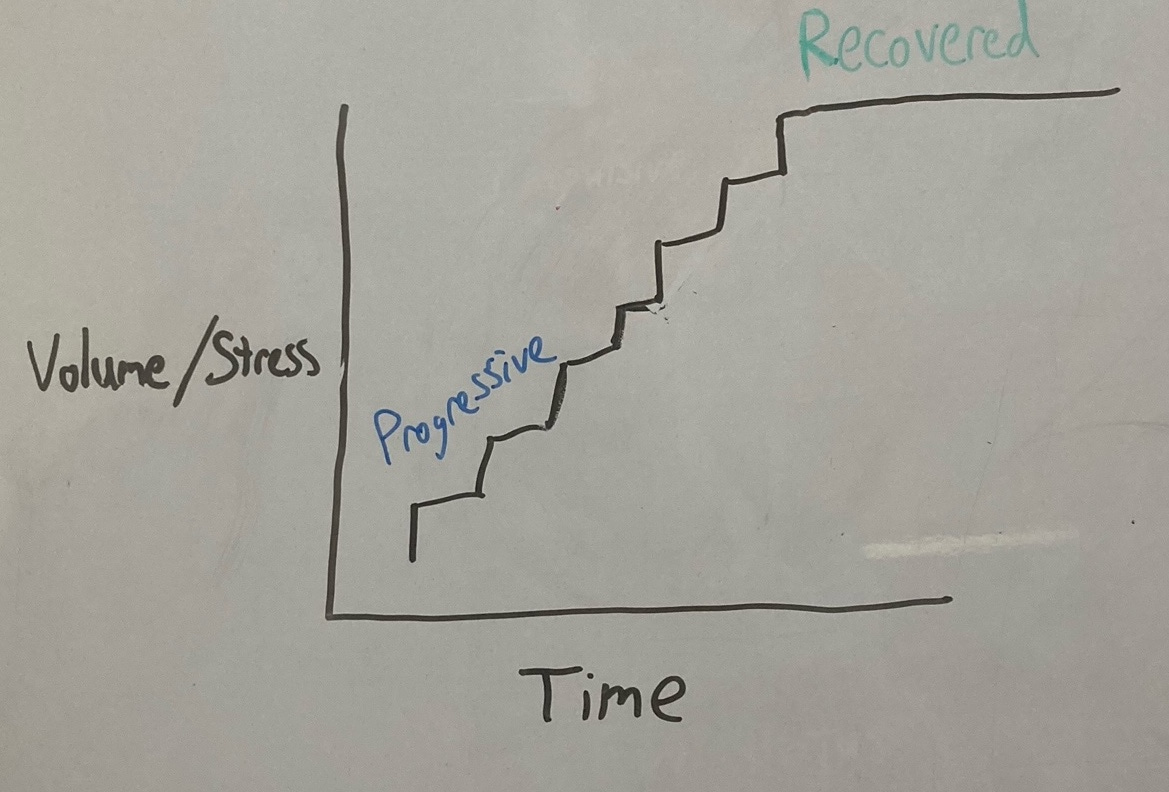"What is REAL?" asked the Rabbit one day, when they were lying side by side near the nursery fender, before Nana came to tidy the room. "Does it mean having things that buzz inside you and a stick-out handle?"
"Real isn't how you are made," said the Skin Horse. "It's a thing that happens to you. When a child loves you for a long, long time, not just to play with, but REALLY loves you, then you become Real."
"Does it hurt?" asked the Rabbit.
"Sometimes," said the Skin Horse, for he was always truthful. "When you are Real you don't mind being hurt."
"Does it happen all at once, like being wound up," he asked, "or bit by bit?"
"It doesn't happen all at once," said the Skin Horse. "You become. It takes a long time. That's why it doesn't happen often to people who break easily, or have sharp edges, or who have to be carefully kept. Generally, by the time you are Real, most of your hair has been loved off, and your eyes drop out and you get loose in the joints and very shabby. But these things don't matter at all, because once you are Real you can't be ugly, except to people who don't understand."
-The Velveteen Rabbit
Progress anchors on the idea that tomorrow will be an improvement upon today. Progressive overload follows suit, just keep adding a little more weight on the bar. It works, although it’s not much of a mental lift. As complexity of circumstance mounts, it requires some nuance. When you have a smaller healing buffer, no drugs, numerous injuries in various phases, compensatory patterns and other emerging variables, simple programs don’t always cut it.
What’s an ideal strategy given the above? Clean, uninhibited motor output. This means you can cycle through the range of motion of a movement pattern without pain, compensation, or obstruction. The speed of the pattern is adjustable as long as the above conditions are met. Go slow before fast, as less loading will heighten your perceptual abilities (Weber/Fechner). This is analogous to intentionally striving for the perfect rep, closer to motor control than strength training. Keep the progressive mindset (weight, speed, stability) and build to what you can tolerate without compromise.
Over the past 18 months, I’ve used this mindset to improve areas of my body I thought were permanently limited or even broken. At the start, I was unable to tolerate a standard pushup, let alone any pressing. After 6 months of no progress I began performing push ups well above a 45 degree incline. Regressing to what felt like a pathetic level allowed me to follow the guidelines above.
2 weeks: No improvement (but following guidelines)
4 weeks: Unsure
6 weeks: Slight improvement, able to drop the incline to about 35-45 degrees. Still feeling things are hopeless and about to quit.
8 weeks: Roughly 70% improvement in symptoms. Able to do a full pushup.
How’s that for non-linear? I kept this mindset throughout a 6 month period and was able to return to full range of motion barbell military presses for the first time in 20 years! The timeframe is not an exaggeration. As I had numerous areas to experiment on, I’ve found the principles above to be applicable to any region of the body, as long as I actually stick to them. I’m sure there’s an exception, I just haven’t found it yet.
Keystone
However, this entire approach rests on one keystone.
Accept where you are on a daily basis
Adopt a progressive mindset and go into the day, week, gym with a plan. Sometimes you’ll execute that plan smoothly and it will feel amazing, especially if you’re rediscovering abilities. However, a day will come where you’ll face evidence that suggests you need to adjust your plan for the day. Your options often include some combination of
Stay where you are, repeat, don’t move forward yet. (Yellow Light)
Regress the movement or exercise significantly via some combination of less speed, weight, angle or challenge. (Red Light)
Choose a different option for the day. (Don’t Drive)
Respecting this intuition maximizes future green lights.
Accepting where you are is feasible when you’re at rock bottom. There’s no expectations to take away. However, once you’ve tasted the bliss of progress, this becomes very difficult. If you become attached, even addicted to a pre-planned outcome and shut out emerging data, you are likely to suffer a setback. Ultimately you must learn to ruthlessly accept the cold-hearted truth of where you are at the present moment in time.
As a young athlete, any tweak, pull or strain can be often be ignored. As long as symptoms don’t progressively worsen, the healing process can proceed despite little to no reduction in training.
Advice: “Just don’t do anything crazy and you’ll be fine”
17 years old - valid
27 years old - mostly valid
37 years old and beyond - no longer valid
Athlete’s Mind: Old Adaptation New Environment
As a competitive athlete, you train your mind to focus on an objective, filtering out any obstacle contrary to it. I call this the killer. The killer is still inside of you but the goal has shifted. You must orient into now without getting lost in back then. The killer’s mind was an adaptation that served you in the past. It still carries value, but if applied without restraint in the present it will scar you badly. It’s an old adaptation in a new context that isn’t fully compatible.
When the bliss of progress is attached to an outcome, it can lead to insidious consequences.
The Loop of Mediocrity
The above is what I call the loop of mediocrity. This results from an attempt to operate at a level too far above your actual abilities to stimulate progress.
Take a 10 year old soccer phenom that’s dominating his or her league. Play up 1 year? 2 years? 3 years? Maybe. Is skill development still taking place? Will this player get the opportunity to expand and stretch their skillset or will they become defensive, reverting to their top tier skills only?
This is the same reason why a jiu jitsu black belt training in a room full of black belts is not ideal. You want the room full of blue and purple belts to incentivize risk, exploration and ultimately growth during training. Training is not competition.
The loop of mediocrity can become an infinite loop of setback that stokes rage, chronicity, despair and destruction. Fundamentally, you continue to push the stimulus above capacity without allowing adequate time for adaptation, whether mental, physical or both. If you’re recovering old abilities, you must realize you are recovering them in a new state of being not a past one. Your lifestyle, healing capacity, and goals are different. If old abilities return and bring the killer’s mind with them, conditions will likely not be sustainable. This manifests in a cruelly sinister way in tendon rehab.
Tendon Rehab
You’re patient, aware and progressive in the initial stages. Resilience builds and sensitivity declines. Lifestyle upgrade. But you’re not done.
You were close to the summit, got a glimpse of the view and sprinted the rest of the way. Mental sloth after a taste of success. Your mind went back there instead of staying here.
The solution is developing accurate perception of where you stand, consistently. Young, high level athletes ignore “actual”. I used to think it was mentally lazy. It’s not. It’s the right solution for their context. As you age, your mind must also adapt with your body. It’s much more difficult to build something new as life’s context changes.
This is universal. It applies to learning a programming language, developing a dance style, or recovering from addiction. If your perceived ability is too far out of sync from your actual ability, the strategy you employ will be unlikely to strike the sweet spot that stretches your ability to the next level. This is arrogance vs confidence. Accurately identifying where you stand is the meta skill, no matter how painful. Being able to sit with uncomfortable emotions is a prerequisite. Of course, trusted sources can assist, guide and call you out. Accept where you are and take the action to move forward. It never ends.
“Truth, like love and sleep, resents approaches that are too intense” - W.H. Auden








